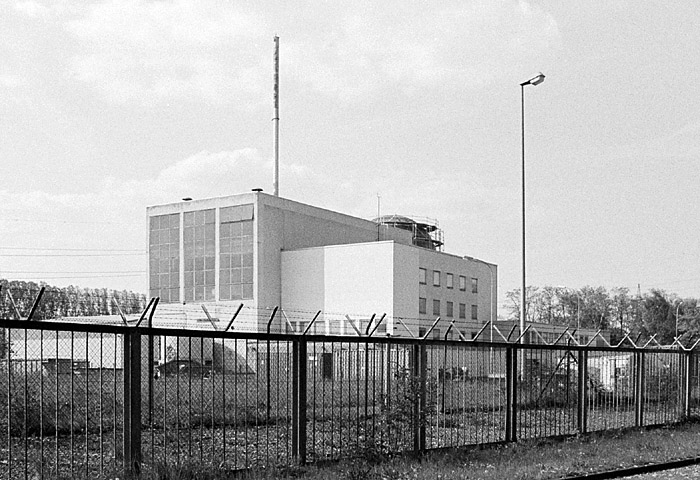In the years before the Second World War, the networks grow together rapidly. Industry largely switches from being driven by steam engines to electric motors. The electricity required for this is produced in coal-fired and hydroelectric power plants. In private households, the electrical supply is limited almost exclusively to lighting and, during the war, to the Volksempfänger. With the economic miracle after the war, however, the demand for electricity in private households also rises sharply. From the 1950s, however, refrigerators, electric cookers, washing machines, mixers, hair dryers and hoovers find their way into private households. This significantly increases the demand for electricity. Nuclear power plants were supposed to secure the supply with the newly emerging technology.
The nuclear reactor as a new power plant technology
Ever larger power plants have to meet the growing demand for electricity. In the process, technicians are thinking about a completely new technology. Electricity from a nuclear reactor.
In 1954, the first nuclear reactor with an electrical output of 5 megawatts went online in the Soviet Union in the science city of Obninsk, largely unnoticed by the West. In the West, it took three years longer until the first reactor with an electrical output of 50 megawatts went into operation in Calder Hall, England, in 1956. In 1959, the government under Adenauer created the legal basis for the construction of nuclear facilities in Germany with the Atomic Energy Act. In an advertising film from the 1950s, it says: “The power of the atom could lead mankind to a hitherto undreamed-of height of civilisation and culture”. In the same year, the SPD formulates in its Godesberg Programme the hope “that in the atomic age man can make his life easier, free himself from worries and create prosperity for all”.

Image: erstes deutsches Kernkraftwerk in Kahl Sebastian Suchanek, CC BY-SA 2.5, via Wikimedia Commons
Development of technology driven by the American military
In the West, however, the development of nuclear reactors is mainly driven by the USA. However, the primary goal was not to generate electricity, but to power American submarines. In 1955, the US Navy put the first nuclear submarine, the USS Nautilus, into service. The first American nuclear power plant went into operation in 1958 in Shippingport near Pittsburg. The reactor, with 60 megawatts of electrical power, was actually planned to power an aircraft carrier. However, this fell victim to a government savings programme.
Energy companies enter nuclear technology in the 1960s
The boom in nuclear power plants then began in the 1960s. With General Electric, Westinghouse, Babcock & Wilcox and Combustion Engineering, the large electrical corporations entered the nuclear power plant business. They soon offered turnkey nuclear power plants at a fixed price. In Germany, the first nuclear power plant was connected to the grid in Kahl in 1961. It was built by Siemens, but the reactor technology came from the American company General Electric.
Oil crises trigger boom – nuclear power plants to reduce dependence on foreign raw materials
With the two oil crises in the 1970s, the technology really boomed. The federal government promoted their construction in order to reduce dependence on foreign raw materials. In addition, the nuclear power plants were also intended to ensure economic growth when fossil fuels came to an end. In 1974, eleven nuclear power plants were in operation in the Federal Republic of Germany, eleven more were under construction and six were already in the approved project planning phase.
The following articles have appeared so far in our short series on the history of electricity generation:
Who invented the electric current?
The beginnings of the electrification of Germany
The electricity war over direct current and alternating current
The emergence of interconnected grids
